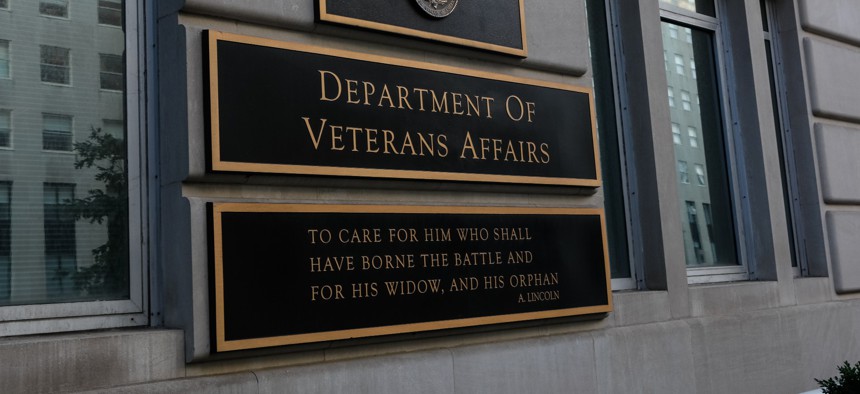Agency Spotlight: Department of Veterans Affairs

Kurt DelBene led Microsoft’s push to the cloud. Now as VA's chief information officer, he hopes to help deliver on digital transformation at the Department of Veterans Affairs.
Kurt DelBene, the new assistant secretary for information and technology and CIO at the Department of Veterans Affairs, is no stranger to government. He helped lead the push during the Obama administration to fix the flagging HealthCare.gov website and more recently served on the Defense Innovation Board.
DelBene, a former senior executive at Microsoft and the spouse of a member of Congress, joined VA at a time of change at the agency, which has multiple, interconnected modernization programs underway to transform acquisition, financial management and patient care. He said he’s excited about the challenge and believes VA’s Office of Information and Technology (OI&T) has a chance to not just modernize its own infrastructure and processes but be a leader across government.
“I aspire to bring what I’ve learned in the commercial sector and work with what the OI&T has already done to continue digital transformation,” DelBene said on a call with reporters in February. “OI&T has become a leader not only in the VA, but throughout the federal space, and I want to keep us at the forefront.”
For DelBene, this effort involves listening to OI&T’s customers — VA headquarters and the three administrations that cover health, benefits and cemeteries for veterans — and helping them deliver on their missions.
“At the foundation, that means working with stakeholders on a clearly articulated vision of what they do to deliver for veterans, caregivers and their families, and then bring that and interpret that into an agenda for our technology innovation,” DelBene said. “We then need to develop clear plans of action that are agile and adapt as needs change. We need to have measures of success or metrics that measure end-user outcomes, and then our resources need to be clearly allocated based on these priorities in a way that is clear how they tick and tie together.”
During his Senate confirmation hearing last December, DelBene noted that his experience at Microsoft was good preparation for joining VA and referenced his work leading the transition of Microsoft’s Office software suite to the cloud.
“I led the transformation of our internal systems development teams into a world-class software development organization,” he said. “I believe that the same transformation is possible and within our grasp not just for the VA, [but] for the entire government as well.”
DelBene also wants to make OI&T an appealing place to work. “I get very excited about bringing more developers and more technical staff into the VA, and I think there’s a huge amount of things that we can do,” DelBene told reporters in February. “I think we could be an on-ramp for veterans who want to have a career in technology. I think we could take [recent college graduates], and we could have this be an exciting first place for them to be.”
At the same time, he said, process automation and low-code and no-code development can help generate new ways for customers and developers to collaborate. “I talked about no-code, low-code being a transformative thing in our organization because you can essentially create a software factory where you…say, ‘OK, what’s the kind of app I want to build?’” One of OI&T’s customers can articulate a need, and developers can “triage it against systems we have, or we can figure out how we build a new system to meet that need.”
DelBene is also bullish on using artificial intelligence to help drive improvements, particularly in health care. “We can find patterns that didn’t exist before so we can better serve,” he said. “It comes down to being very rigorous in your development processes, thinking from a vision perspective in clear lockstep with your stakeholders and then making the right technical decisions as well.”
NEXT STORY: A data strategy that benefits veterans






